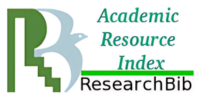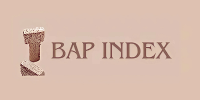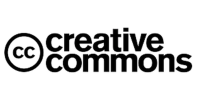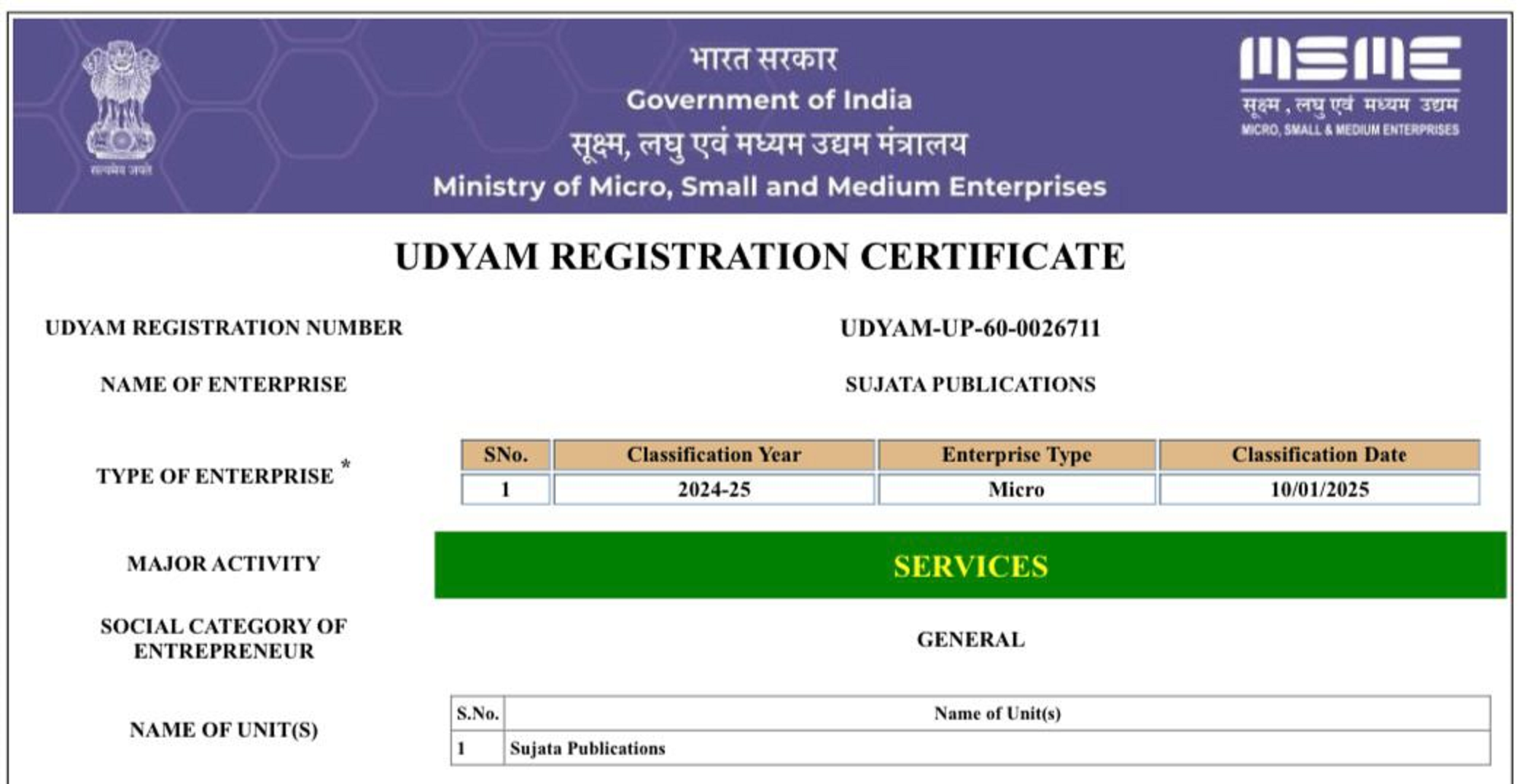Exploring the Antibacterial Potential of Carica Papaya Leaf Extract
DOI:
https://doi.org/10.62896/ijpdd.2.5.17Keywords:
Carica papaya, antibacterial activity, bioactive compounds, phytochemicals, antibiotic resistance, natural antimicrobial agents.Abstract
Carica papaya, commonly known as papaya, has been widely recognized in traditional medicine for its therapeutic properties. Among its various parts, the leaves contain a rich array of bioactive compounds, including flavonoids, alkaloids, tannins, and saponins, which contribute to its medicinal efficacy. With the increasing threat of antibiotic-resistant bacteria, the search for alternative antimicrobial agents has gained momentum. Recent studies indicate that Carica papaya leaf extract exhibits significant antibacterial activity against both Gram-positive and Gram-negative bacterial strains. The effectiveness of these extracts varies based on the extraction methods and solvents used, with ethanol and methanol extracts demonstrating higher antibacterial activity compared to aqueous extracts. The antibacterial action of papaya leaf extract is attributed to multiple mechanisms, including disruption of bacterial cell membranes, inhibition of protein synthesis, and induction of oxidative stress within bacterial cells. This review critically evaluates the existing literature on the antibacterial potential of Carica papaya leaf extract, highlighting its effectiveness, mechanisms of action, and implications for future research in the development of alternative antimicrobial agents.
Downloads
Published
Issue
Section
License
Copyright (c) 2025 Sujata Publications

This work is licensed under a Creative Commons Attribution-NonCommercial 4.0 International License.
















